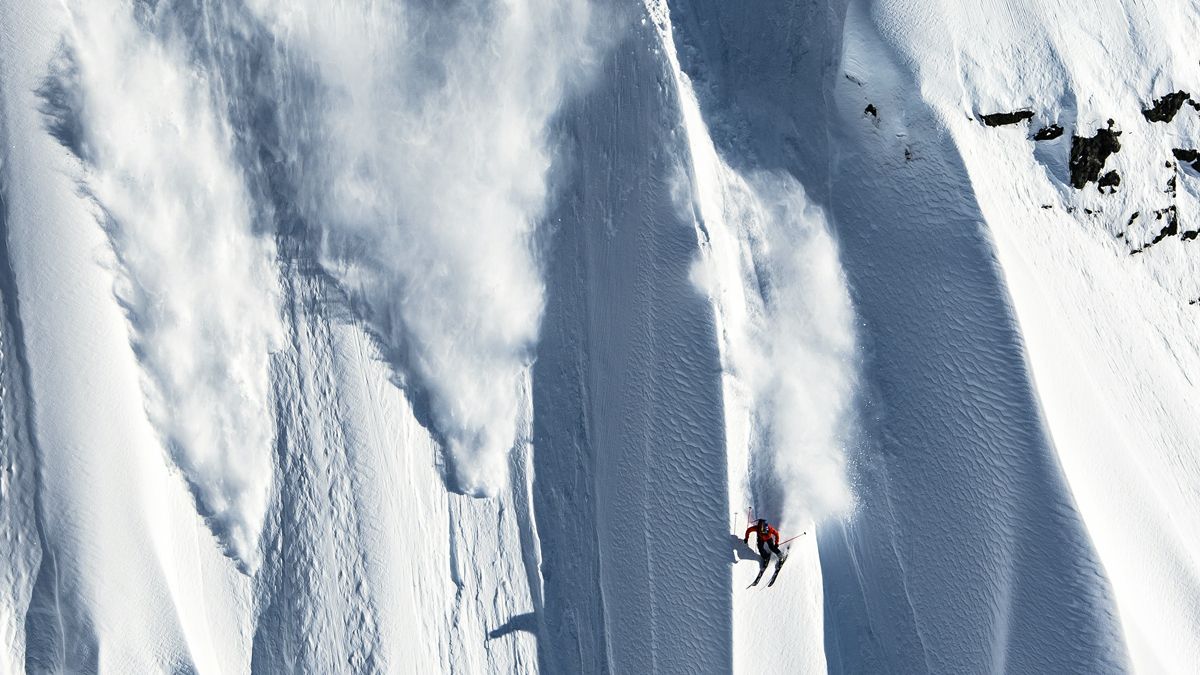Stay Safe Out There – Elevate Your Safety
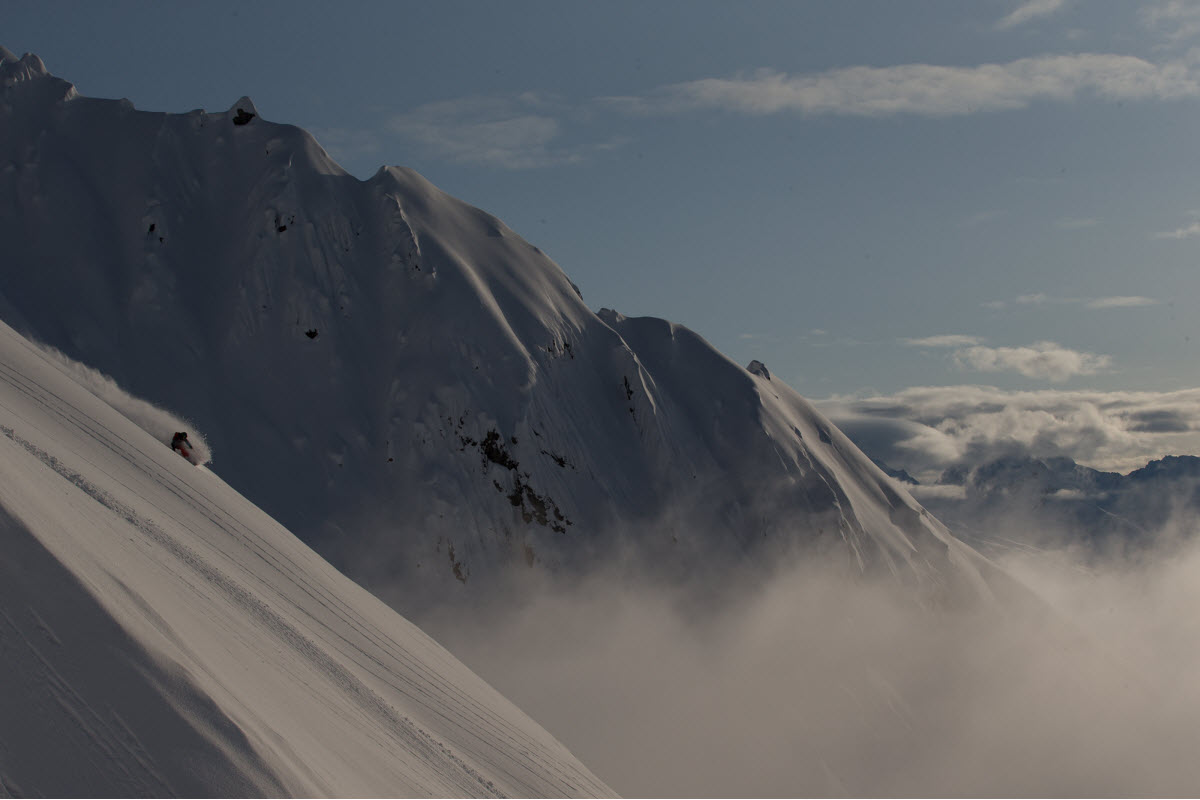
What rarely comes into our mind first is the risks and danger that exist in the mountains and what you can do to minimize them, because a “risk zero” does not exist out there.
For many years SCOTT has gone beyond industry standards and when it comes to integrating safety systems into our products there are no exceptions. For over a decade, we have tested our safety products with some of the best ski patrollers in the world- those in Chamonix, France.
The fascinating beauty of the high mountains and powder provides danger not only in avalanche form, but also in the form of crevasses, snow storms, intense sun light, rocks, sudden fog and collision risks. These guys are out every day in these harsh conditions, so who could be better for knowing what is needed from our safety products than them.
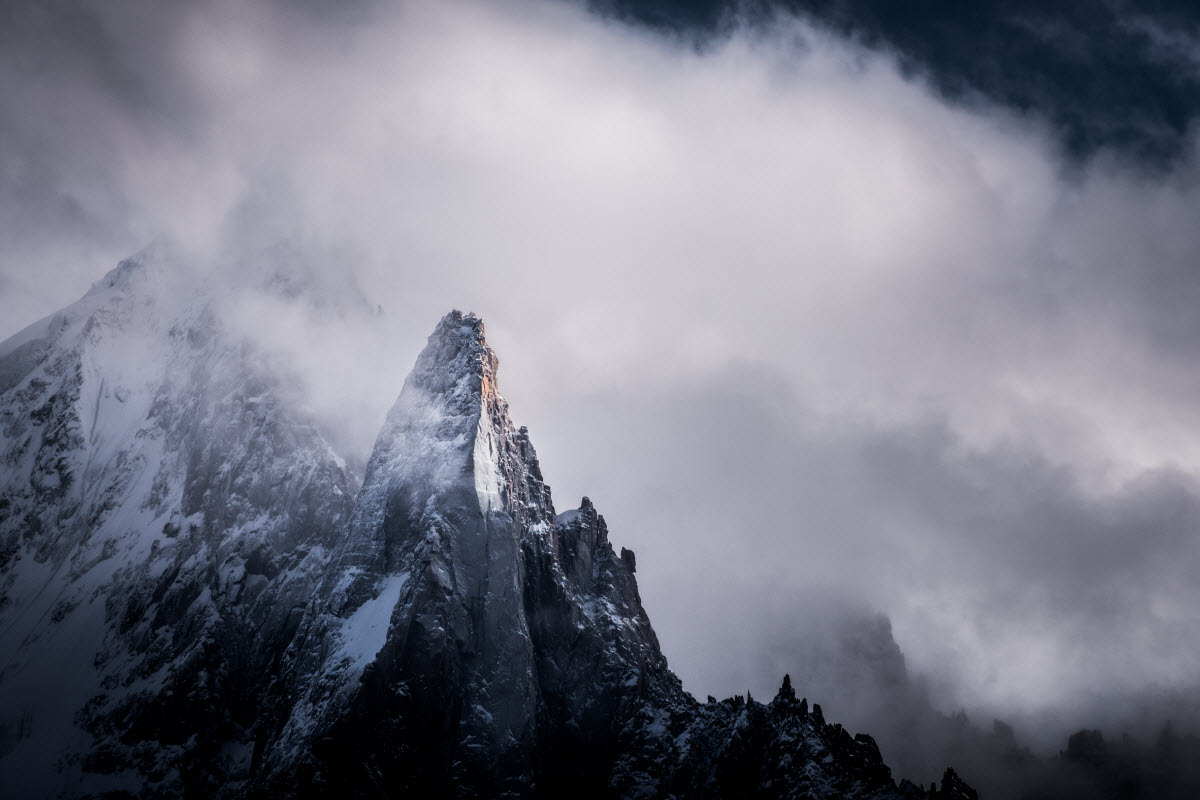 We met up with Hubert Couttet, Head of Ski Patrol, Grand Montet in Chamonix, France who has worked with mountain safety since 1992. He wants to give us some wise words so you can elevate your safety and learn what to do if the worst happens.
We met up with Hubert Couttet, Head of Ski Patrol, Grand Montet in Chamonix, France who has worked with mountain safety since 1992. He wants to give us some wise words so you can elevate your safety and learn what to do if the worst happens.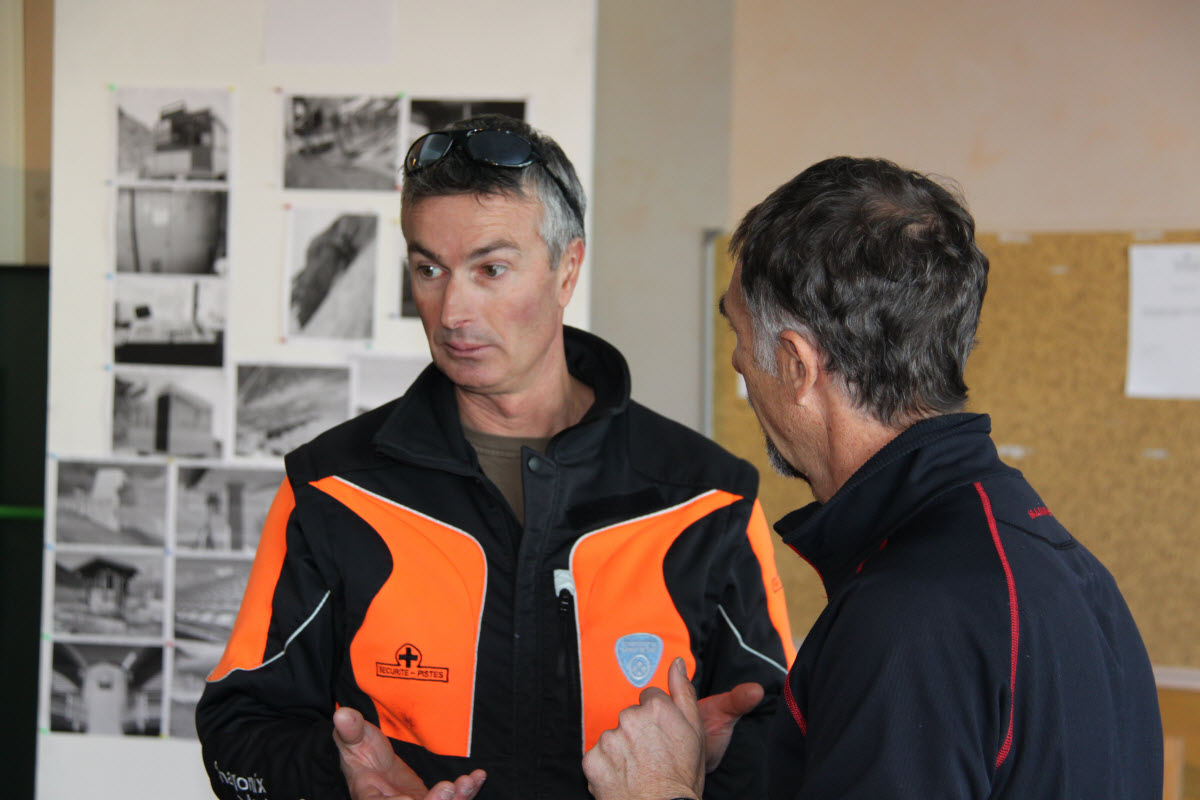
 When would you say it is more likely to be dangerous up on the mountain?
When would you say it is more likely to be dangerous up on the mountain?It is always dangerous in the mountains. However after a fresh snowfall or bad weather, it is even more dangerous. The worst is if you do not know the mountains, then it is really risky.
What is the first and most important thing you can recommend to think about when wanting to be safe in the mountains?
I recommend being in a good shape and to look at the weather forecast before going out. It is also extremely important to have good equipment, such as an avalanche backpack. We for example use SCOTT’s with the Alpride system. This bag should always be equipped with a receiver, shovel and probe.
Ski on secured areas and do not hesitate to contact the ski patrol to get information about snow conditions and avalanche risk. Do not go off-piste alone. If you do, please let the ski patrol know your planned route.
So there is a safety difference between in and outside the ski resort?
Yes for sure! In ski resorts, the slopes are secured and marked. The avalanches are artificially activated by the ski patrol. If you ski off-piste, there are signs which inform people that after the sign, the ski area is no longer secured by ski patrol. If you ski past this you are out of bounds i.e. you are now outside of the resort.
Outside the resort area, people take their own responsibility.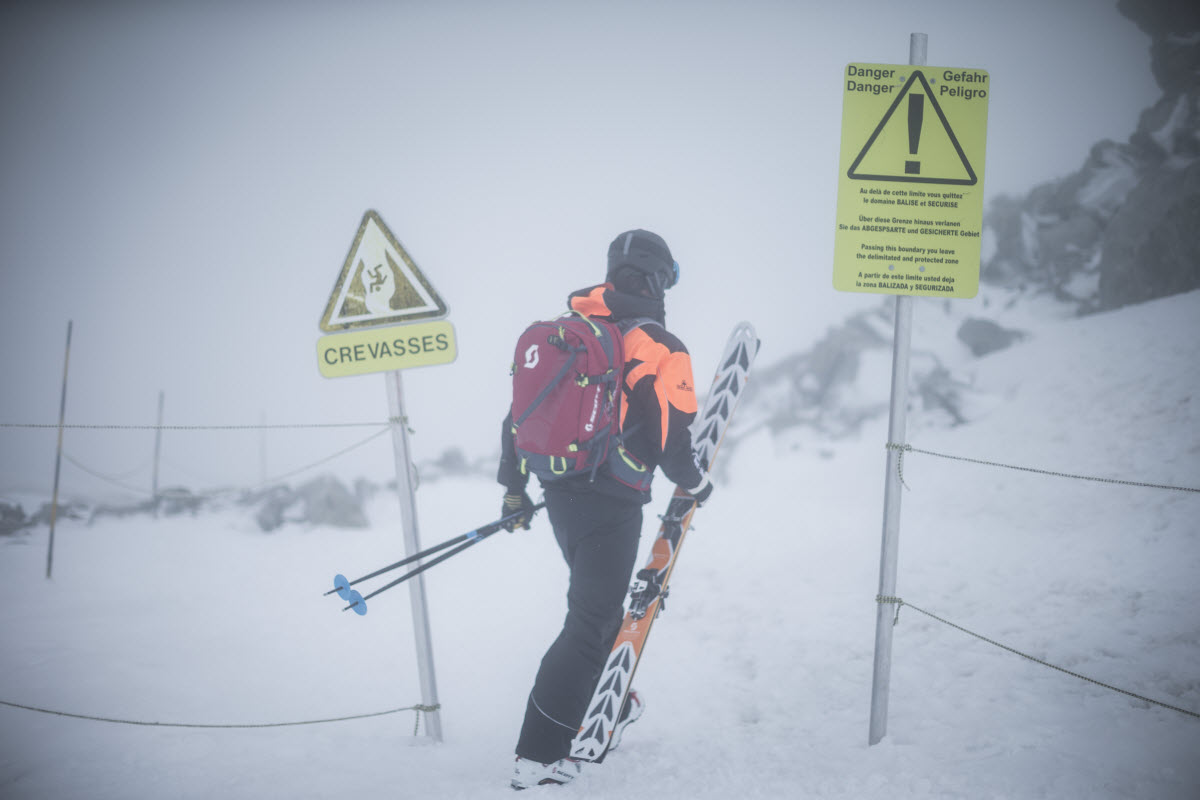 What can you recommend to prepare yourself before heading out in the mountains?
What can you recommend to prepare yourself before heading out in the mountains?
You should gather as much information about the route you want to follow, weather forecast, current conditions and you should also be sure to have the capacity to ski on the chosen route.
On the mountains then, what good signs and information should you look out for?
I look at the snow quality and if there has been wind lately. I look at the avalanche risks and also the weather forecast. The most important is to always listen to the advice of the professionals (ski patroller advice).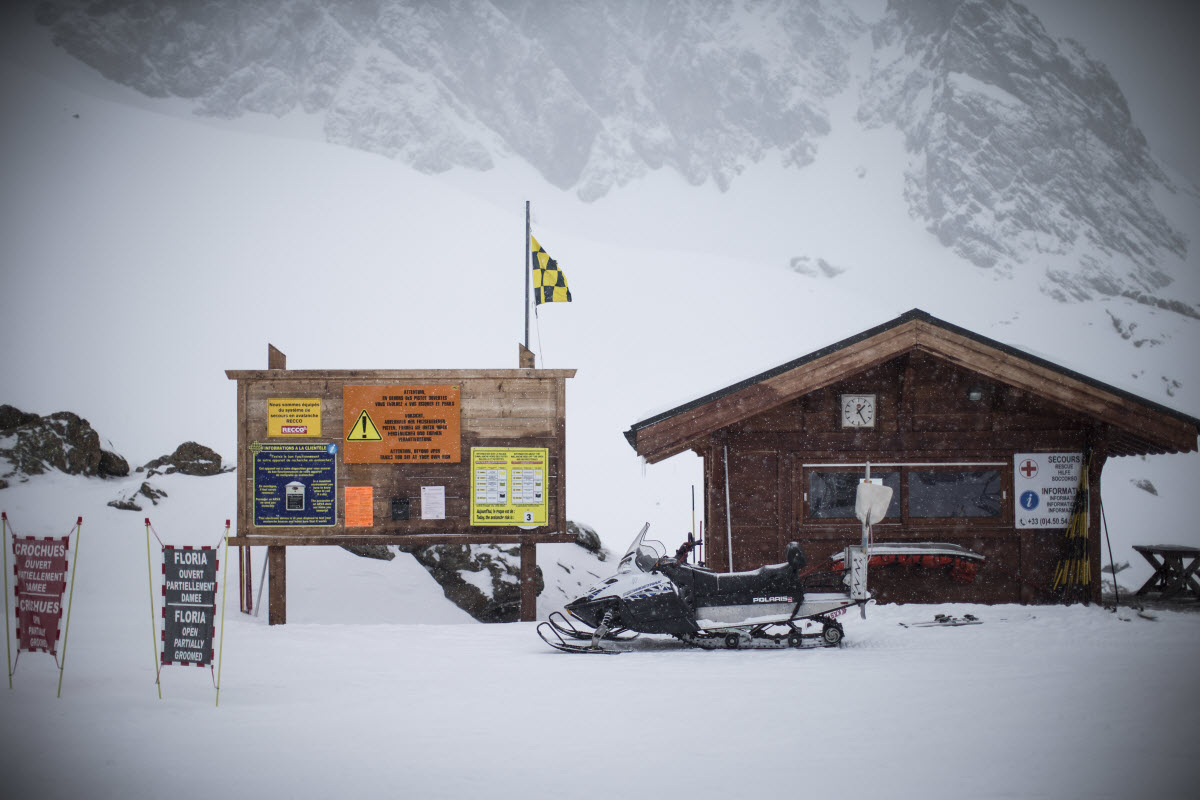
And what if the worst happens? What if there is an accident. What would you say are the first crucial steps to take?
- Be sure there is no risk of another accident and then protect the accident zone
- Contact the ski patrol
- Give information about the exact area
- Give information about injuries
- Cover the person to keep them warm”

